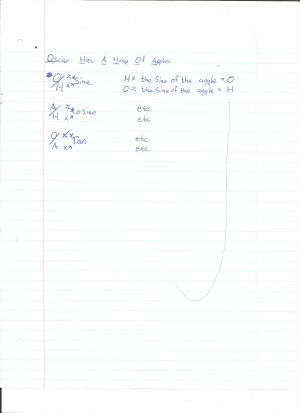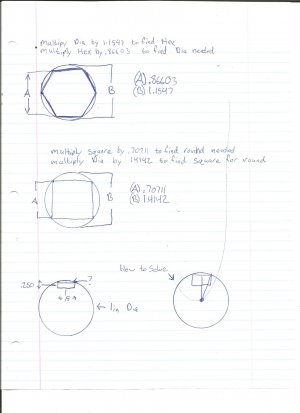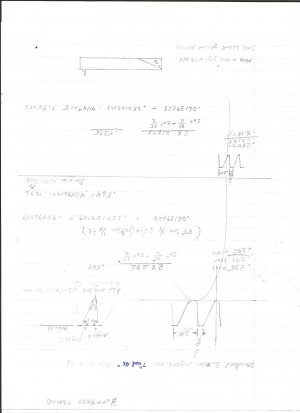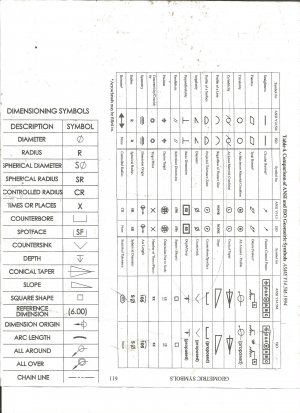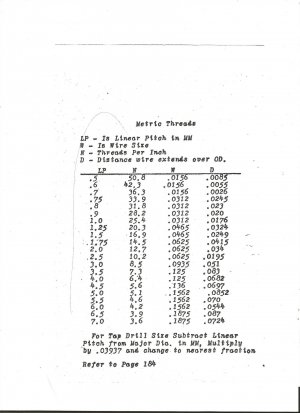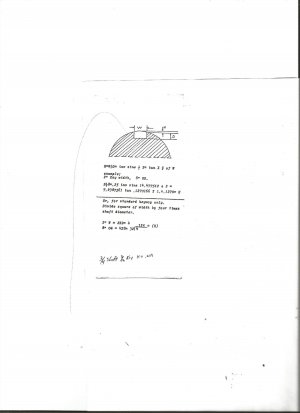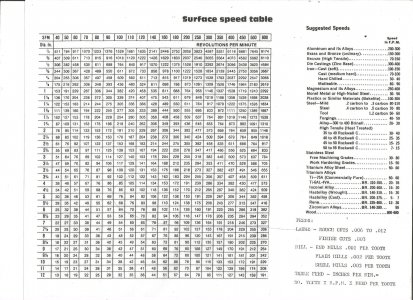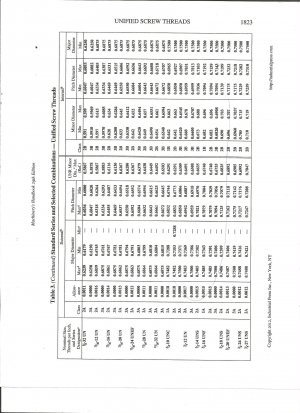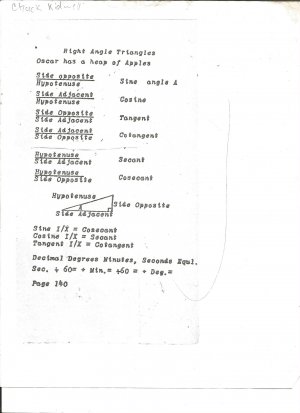ok as no ones jumped in yet I'll give my opinions

1,
The most economical cutters are what I goto first, this isn't the case if your making parts for money and dead lines but as a casual machinist it's silly to blunt an expensive mill hollowing something out that could have been cut with something less accurate and cleaned up with milling(although to be fair hacksaw blades can be quite expensive).
2 and 3 flute can be used to cut on two sides simultaneously (slotting) , a small diameter 4 flute will explode if you try this.
4 flute generally can't plunge as the end face cutting edges don't overlap.
Fly cutters can produce good finishes and are very cheep as your using lath HSS tool blanks.
2,
Unless their is a specific nead for a certain thread for compatibility with somthing else I use standard metric course threads, almost no hardware shops in the UK stock metric fine threaded bolts or nuts.
As you mention NC and NF the same sort of logic applies, don't thread things with holes you cant easily find bolts for (unless theirs a special reason too)
3, All of them

Face Plates are good for difficult to hold(in a chuck) parts and flat stuff also you can make fixtures to hold parts to the face plate in repeatable ways.
Collet's can be very repeatable and very fast to put work in. I only have an ER32 milling collet set up currently but a collet chuck for the lathe is definitely on my list. I have used morse taper collets for work holding with some sucsess but had issues with not a complete set and the clamping ranges are too small(per collet).
3 jaw chuck, very quick , cheep ones and worn out ones will not close down very repeatedly. A good 3 jaw chuck can be very good (he says thinking of my Bison that closes down with sub 1000th repeatability(I was amazed when I discovered this)) most of the 3 jaws cucks I have are incapable of closing down within 10-20 th's
If the part can stay in the chuck without being removed for any reason this dosn't matter too much.
4 Jaw chuck, handy for offset stuff, although this can sometimes be problematic if your 4 jaw isn't massive.
Can be dialed to exactly true running when putting a part into the chuck that has been out(takes practice and more practice but becomes quicker quickly).
4,
Holes are a whole section to them selves, the tool of choice probably depends upon the purpose of the hole. Is it a clearance hole for a bolt to pass through or is it going to be threaded after it's been drilled or does it have to mate with a part.
If the holes going to get something like a dowl pin then carfull drilling and the use of a reamer may be the easyis't way to hit the required size but drill bits can wander so maybe a very undersized drill then a boring head to make sure it's in the right place and passes through the work perpendicular (if thats whats wanted) then maybe a reamer if the tolerance is very tight.
Again cost comes in hear, reamers are expensive but very quick for what they do, boring the hole on a lathe can requires much setup, I don't have a boring head for my mill (every one seems to say power down feed makes them much better which makes sense) they look very quick to set up, although on a face plate for a lath it may be just as quick (nearly)
I've run 6 inch hole saws through some 3mm steel on the mill for a flue pipe, that sort of went ok. Be careful of sheet material grabbing on drills and spinning and cutting you, this is very bad.
Hope some of this helps,

A couple of pointers, (thease are just thrown in for no perticular reason apart from i've got into a bit of a ramble)
If it sounds like somethings really not liking whats happening stop and check it out.
Small mills(milling cutter) and drills want to go at insainly high RPM, much easier to brake small mills than large ones.
Always ware safety goggles when using grinders (wire wheels too!!)

Don't start off set work pieces at high rpm on the lathe, start low, move up in PRM and back down again when the lathe starts hopping about. or counter balence it thats probably a better plan.
Stuart


